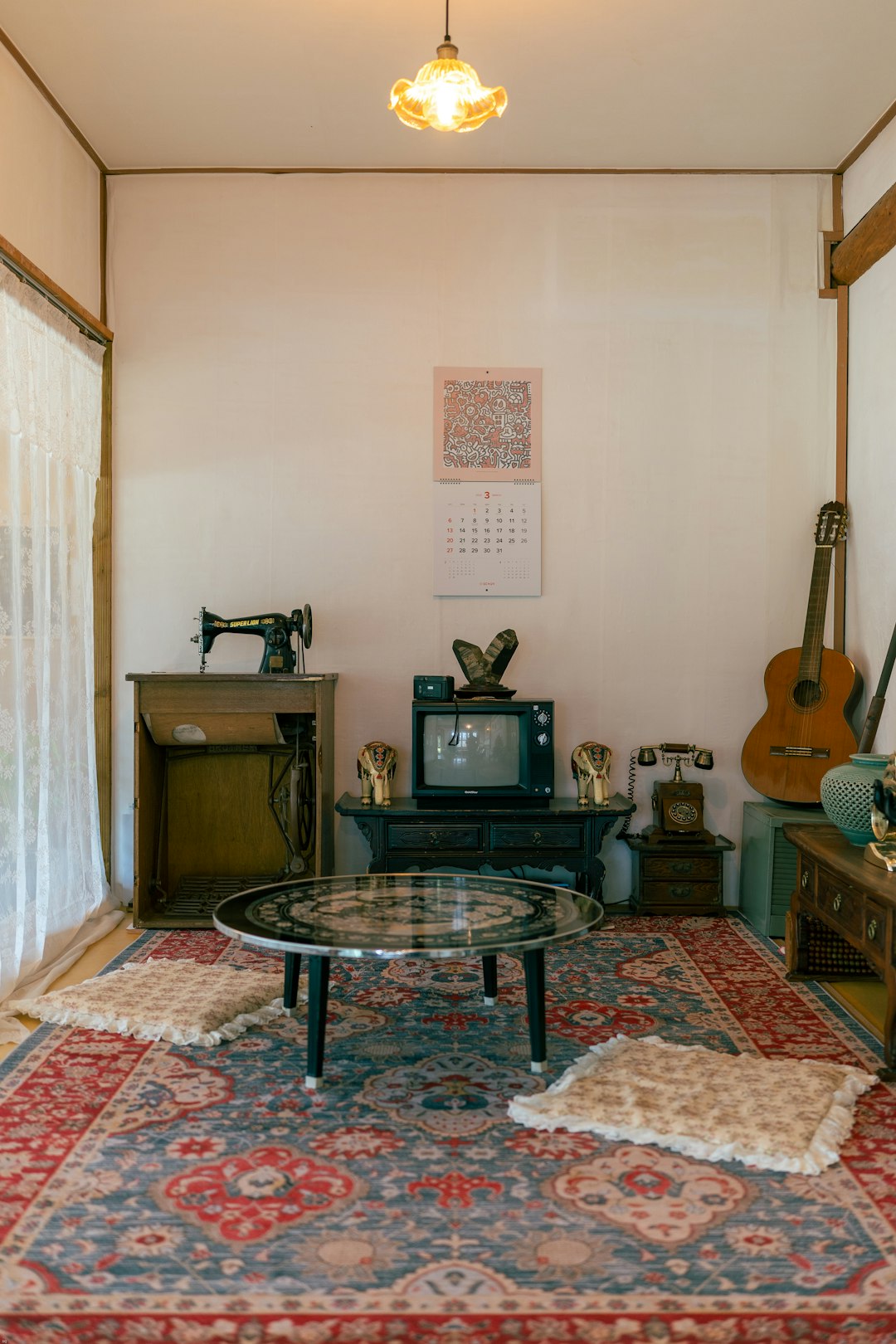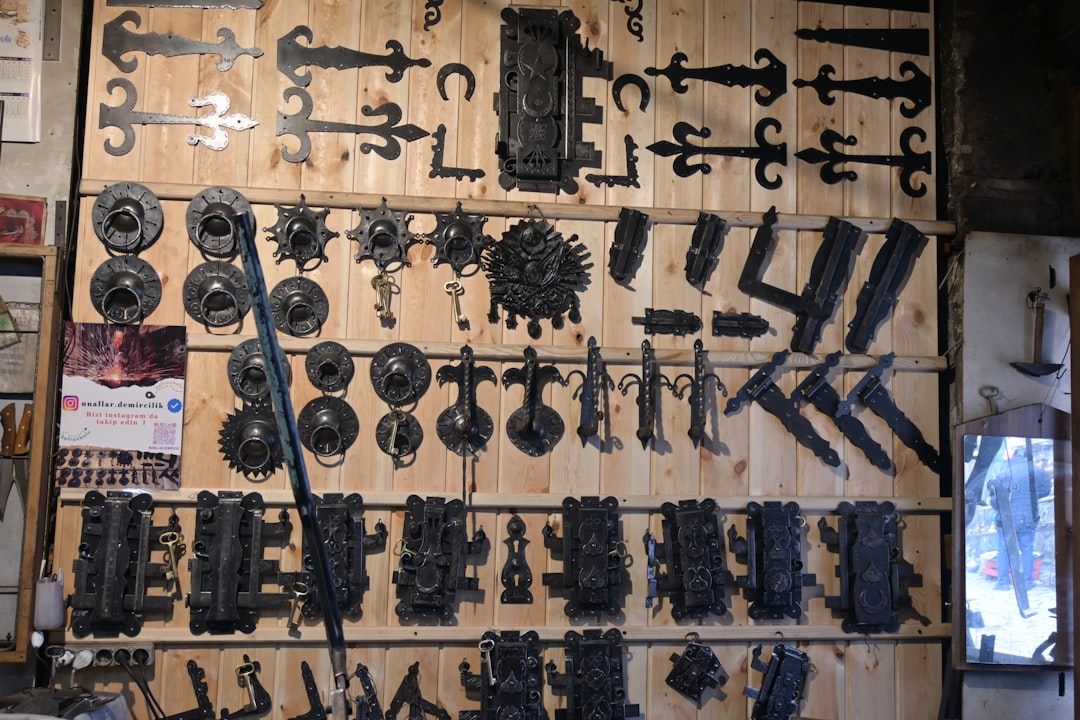If you’re considering adding a rustic yet stylish touch to your living room, a farmhouse media console might be just the right piece of furniture. These consoles combine the charm of traditional farmhouse design with the practicality of modern media storage, making them a popular choice for homeowners. But many potential buyers find themselves wondering: Are farmhouse media consoles easy to assemble? This article dives into the answer, offering insights based on common product designs, user experiences, and tips for easier assembly.
The ease of assembling a farmhouse media console largely depends on a few key factors, including the brand, the materials used, and how well-organized the instructions are. In general, most farmhouse-style consoles fall somewhere in the middle of the assembly difficulty spectrum. They’re typically more involved than simple shelving units but far less complex than full-size entertainment centers.
Understanding What Makes a Media Console “Farmhouse”
Before addressing the assembly process, it’s helpful to know what constitutes a farmhouse media console. These pieces often feature:
- Reclaimed wood finishes or distressed paint for a vintage look
- Sliding barn doors or X-pattern detailing
- Sturdy wooden construction with a mixture of open and closed storage

These design elements can affect how the console is put together. For instance, sliding doors require careful alignment during assembly, and the solid construction can make individual pieces heavier and more cumbersome.
Assembly Instructions: The Good, The Bad, and The Confusing
Most farmhouse media consoles come with an assembly manual, much like any other flat-pack furniture. Depending on the manufacturer, the clarity and helpfulness of these guides can vary significantly.
Well-made consoles will typically include:
- Clearly labeled parts and hardware
- Step-by-step illustrations, sometimes in color
- Recommendations on tools required (usually just a screwdriver or an Allen wrench)
However, when diagrams are minimal, or parts are coded with hard-to-see labels, frustration can follow. That said, most homeowners who have experience assembling IKEA-style furniture find media consoles relatively manageable.
Time Commitment and Teamwork
For a single person, the assembly of a typical farmhouse media console might take between 60 to 90 minutes. Complexity increases with additional features like soft-close drawers or advanced cable management systems. In these cases, an extra pair of hands is highly recommended.

It’s also worth noting that weight can be a challenge. Solid wood or heavy MDF boards require careful handling to avoid injury or damage to flooring. Having a friend help with maneuvering larger panels or aligning top sections can save both time and frustration.
Tips for Easier Assembly
If you’re gearing up to build your own farmhouse media console, here are a few tips that can make the process smoother:
- Lay out all the parts before starting to verify everything is included.
- Read the instructions entirely one time through to understand the general flow.
- Use your own tools when possible. A power screwdriver set on low torque can speed things up considerably.
- Work on a flat, soft surface like a carpet or rug to prevent damaging parts.
- Don’t over-tighten screws until all components are aligned properly.
DIY Modifications: A Popular Trend
Farmhouse media consoles are often the subject of DIY enhancements. Some people stain or paint parts before assembly to match their decor, while others add caster wheels or change drawer hardware. Taking the time to customize during or after assembly can make the piece feel truly personal.
Luckily, the design of these consoles tends to be straightforward enough to accommodate small modifications without requiring extensive carpentry experience.
Conclusion: Assembly is Achievable with the Right Preparation
In answer to the question — yes, farmhouse media consoles are generally easy to assemble for most people with basic DIY experience. While some models may feature more intricate details or heavier materials, the inclusion of well-illustrated instructions and labeled parts usually offsets the complexity.
Taking a measured, patient approach—with a friend if possible—can turn the experience from daunting to satisfying. Plus, once it’s all put together, you’ll have not just a beautiful piece of furniture, but also the rewarding pride of building it yourself.

































